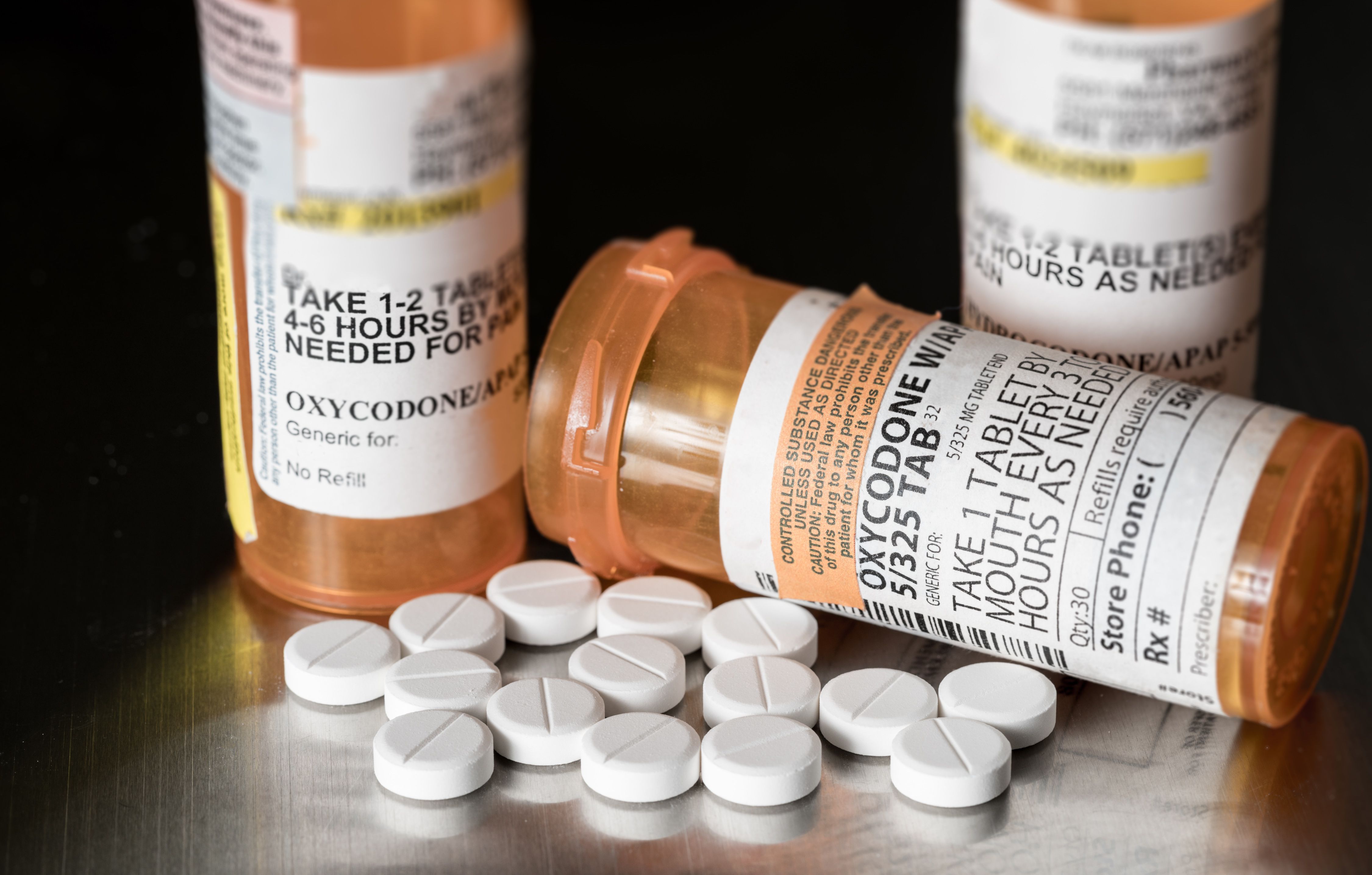Article
Physicians, Staff Express Negative Attitudes Toward Emergency Department-Initiated Buprenorphine Use
Author(s):
The attitudes of community-based opioid use disorder treatment center staff toward the emergency department as a site of initiation were varied, with some feeling that emergency department-initiated buprenorphine may attract patients who were not experiencing life-threatening emergencies.
Individuals reported negative attitudes towards buprenorphine and varied attitudes towards emergency department (ED)-initiated buprenorphine, according to the results of a study published in JAMA Open Network.
Image Credit: Adobe Stock - steheap

Investigators of the study aimed to explore the experiences and perspectives of patients about ED-initiated buprenorphine among community-based physicians within different distinct regions.
Results came from a Project ED Health (NCT03023930), a hybrid type 3 effectiveness-implementation study. The study was designed to evaluate the impact of ED-initiated buprenorphine with a referral of ongoing medication treatment.
Investigators identified physicians and staff from community-based treatment programs for ongoing opioid use disorder (OUD) treatment in 4 cities in the United States. They were identified by urban academic EDs as potential referral sites for continued medication treatment.
Focus groups were held from April 1, 2018, to January 11, 2019, which examined the physicians and staff perspectives on accepting patients who have received ED-initiated buprenorphine as community OUD treatment. Investigators analyzed data from August 2020 to August 2022.
There was a total of 103 individuals who participated in 14 focus groups, ranging from 3 to 22 participants each. Investigators found that the participants generally shared a negative attitude toward buprenorphine and variable attitudes toward buprenorphine that was initiated in the ED.
Barriers to care, noted by the participants, included the community site treatment capacity and structure, payment, and regulatory barriers.
Participants said that there are concerns about buprenorphine that could contribute to barriers of smooth linkages when patients transition from EDs to community sites. In the study 1 participant noted that using buprenorphine “is [kind of] like a Band-Aid on a bullet hole.”
This individual expressed concerns about the alone drug being sufficient for OUD treatment. They noted that counseling and other support are typically seen as a critical part of the treatment.
There was also a fear that patient could divert or misuse ED-initiated buprenorphine.
However, the attitudes toward the ED as a site of initiation of treatment were varied. Many physicians expressed concern that individuals potentially experienced withdrawal in this setting, so it might deter them for future buprenorphine treatment attempts.
Further, there were concerns that ED-initiated buprenorphine might attract patients who were not experiencing life-threatening emergencies.
Other factors that could help this model of care included additional substance use disorder training for ED staff, referrals and communication, inclusion of peer navigators, and addressing sociostructural barriers that patients face.
For example, some facilities have specific protocols and hours of operation. One program only admitted patients who participated in counseling for 5 days without being provided medication for OUD. Another facility only had 1 Saturday clinic a month.
Payment and regulatory barriers were also important to the transition. Participants noted that payment models were a major barrier for the facilities’ ability to provide the care to more patients.
Other facilities noted that more peer, social workers, or recovery coaches were needed to enhance capacity and communication from the ED to the community sites, which also emphasized effective communication between the facilities. There was a specific request for the specialized training of OUD for staff in the ED.
Lastly, participants noted that poverty, homelessness, and housing instability, and not being able to meet basic needs, including providing an acceptable form of identification, affected their views on buprenorphine treatment. Transportation onto and from appointments at community OUD treatment sites was also a key barrier.
They emphasized that medication is important, but solving the other structural forces that were associated with OUD were also need, especially for maintaining treatment.
Reference
Sue KL, Chawarski M, Curry L, McNeil R, et al. Perspectives of clinicians and staff at community-based opioid use disorder treatment settings on linkages with emergency department–initiated buprenorphine programs. JAMA Netw Open. 2023;6(5):e2312718. doi:10.1001/jamanetworkopen.2023.12718
Newsletter
Stay informed on drug updates, treatment guidelines, and pharmacy practice trends—subscribe to Pharmacy Times for weekly clinical insights.






